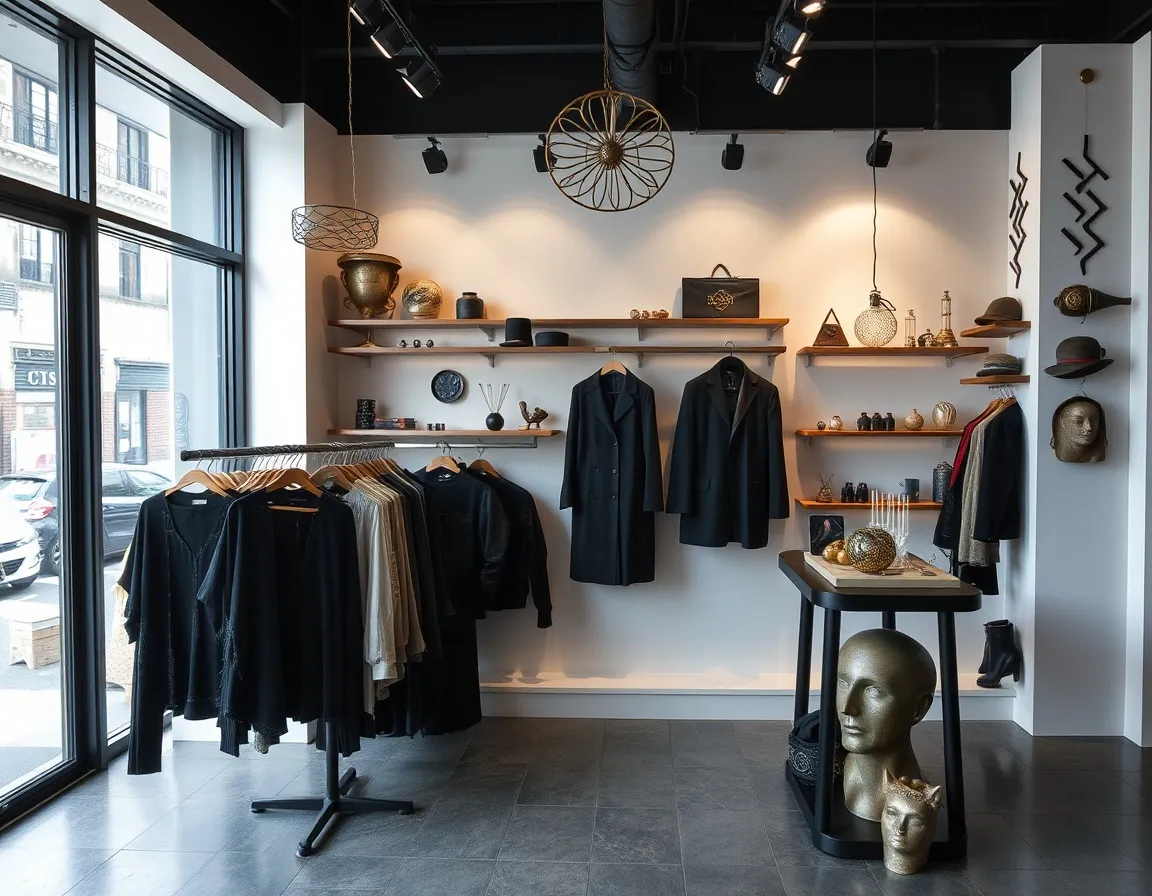Data-Driven Success
Success Stories
Our Case Highlights
Improving Customer Satisfaction for a Small Doctor's Office
Client Background:
A small doctor’s office specializing in family medicine wanted to enhance patient satisfaction by reducing wait times, improving appointment scheduling, and addressing patient feedback more effectively.
Challenge:
The office faced recurring complaints about long wait times, difficulty scheduling appointments, and lack of follow-up after visits. Without a structured way to track and analyze patient feedback, they struggled to pinpoint the root causes of dissatisfaction.
Our Approach:
- Data Collection:
- Gathered patient feedback through post-appointment surveys and online reviews.
- Collected operational data, including appointment scheduling patterns, no-show rates, and average wait times.
- Benchmarked satisfaction metrics against industry standards for small practices.
- Analysis:
- Identified trends in survey responses, such as dissatisfaction with appointment availability and communication delays.
- Used statistical analysis to correlate longer wait times with lowers satisfaction scores.
- Segmented feedback by demographics (e.g. new patients vs. returning patients) to understand differing needs.
- Actionable Insights & Recommendations:
- Implemented a new appointment scheduling framework to optimize time slots and reduce overlaps.
- Introduce automated reminders to reduce no show rates and improve office efficiency.
- Recommended adding a follow-up system to check on patients after visits and address unresolved concerns.
- Provided a dashboard to track key performance indicators (KPIs), including average wait time, patient satisfaction scores, and no-show rates.
- Implementation Support:
- Helped design and implement an online feedback form to capture real-time patient concerns.
- Developed a quarterly reporting system to monitor improvements and adapt strategies as needed.
Impact:
- Reduced Wait Times: Average wait times decreased 20% leading to a noticeable improvement in patient satisfaction scores.
- Improved Scheduling Efficiency: The no-show rate dropped by 15% thanks to automated reminders and optimized scheduling.
- Enhanced Patient Experience: Follow-up calls and personalized communication increased overall satisfaction, with positive feedback growing by 30% over six months.
- Actionable Feedback System: The practice now has a reliable system for collecting, analyzing, and acting on patient feedback.
Takeaway:
By leveraging patient feedback and operational data, the doctor’s office implemented targeted improvements that enhanced the overall patient experience, boosted satisfaction scores, and positioned the practice as a trusted provider in the community.
- Client: Healthcare Group
- Outcome: Enhanced service delivery
Developing a Sales Forecasting Model for a Small Food Service Business
Client Background:
A small food service business specialized in Italian cuisine wanted to improve demand planning and optimize inventory management to prevent stockouts during peak seasons to avoid excess inventory during slower periods.
Challenge:
The client struggled with inconsistent sales patterns influenced by seasonal demand, promotions, and trends. Without a reliable forecasting method, they frequently overstocked low-demand components and ran out of high-demand items during peak periods.
Our Approach:
- Data Collection:
- Collected 2 years of sales data segmented by product category, customer demographics, and sales channels (e.g. website, social media)
- Incorporated external factors such as holiday seasons, social media campaign performance, and industry trends.
- Data Cleaning & Preparation:
- Standardized the data and corrected discrepancies such as duplicate orders or missing timestamps.
- Identified and analyzed sales seasonality and customer purchasing patterns.
- Model Development:
- Applied time series forecasting methods (e.g. ARIMA and Prophet) to identify seasonal trends.
- Integrated machine learning techniques (e.g. Gradient Boosting) to account for external drivers like ad performance and holiday promotions.
- Validation:
- Split historical data into training and validation sets, achieving a Mean Absolute Percentage Error (MAPE) of 6% on the forecast.
- Implementation:
- Created a dynamic dashboard allowing the client to view monthly and weekly sales forecasts and test scenarios (e.g. adding new marketing campaigns).
- Included alerts for low inventory based on forecast demand to support timely restocking decisions.
Impact:
- Enhanced Forecast Accuracy: Improved sales forecast accuracy by 25%, reducing uncertainty in inventory planning.
- Reduced Stockouts: Stockouts during high-demand periods decreased by 30%, leading to higher customer satisfaction.
- Optimized Inventory Costs: Excess inventory was reduced by 20%, freeing up capital for new product lines.
- Increased Revenue: Data-driven insights enabled targeted marketing campaigns, resulting in a 15% increase in quarterly revenue.
Takeaway:
By leveraging a data-driven forecasting model, the client transformed their operations, aligning inventory and marketing strategies with anticipated demand to improve efficiency and drive growth.
- Client: Local Italian Restaurant
- Outcome: Improved inventory management
Streamlining Operations and Improving Efficiency for a Small Retail Business
- Challenge: A small retail business struggled with inventory management and tracking sales trends, leading to overstocked items and missed revenue opportunities.
- Approach: We built a customized database framework to centralize inventory and sales data, implemented automated reporting dashboards, and provided insights into sales patterns and seasonal trends.
- Impact: The client reduced overstock by 30%, optimized inventory purchasing, and increased monthly revenue by 15% through improved product availability and strategic promotions.
- Client: Retail Co.
- Outcome: Optimized Operations

